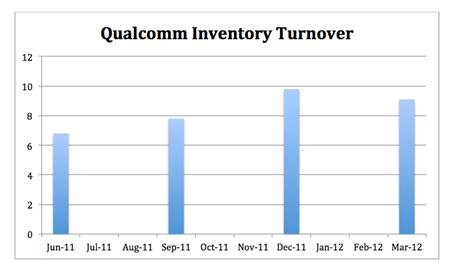On the heels of the Facebook IPO fiasco, many investors are wondering how they can find the next best thing and avoid getting “facebooked” in the process.
Tall order? Not really.
First, look for companies with ideas that can be applied across a wide variety of industries.
If I had said this five years ago, you’d be looking for Internet- related start-ups or companies that can do “it” better, faster or cheaper.
Going forward however, I think the true innovation will be exponential progress that’s made linking living systems with their digital counterparts. Everything from synthetic biology to computational bioinformatics will grow a lot more rapidly than the broader markets.
So will key markets related to healing human illness, solving hunger and figuring out how to deliver potable water to broad swathes of the planet.
No doubt there will be tremendous ethical challenges along the way, but I believe we will see the line blur between what’s needed to live and how we actually live our lives.
Though it’s hard to imagine given the state of the world at the moment, I believe a fair number of the best up- and- coming investments will be outside the traditional first- tier markets of the United States, Europe and Japan.
In fact, I’d bet on it.
Second, don’t confuse the ability to organize or share information with the ability to generate revenue. One might lead to the other but they are not the same thing.
The way I see it, Facebook is a classic example of everything you don’t want in a business. It is 900 million users who spend an average of $1.32 a year. Compare that to Amazon.com, which clocks in at a much more valuable and consistent $36.52 per person.
Call me crazy, but I don’t think Facebook stock will see the bottom for a while. As I wrote, at best Facebook is worth $7.50 a share.
Revenue is slowing. Facebook doesn’t dominate the mobile markets that are becoming the preferred consumer channel for tens of millions of people. And, in what is perhaps the death knell, startups are already cannibalizing Facebook’s user base.
The ability to “like” somebody is really no different than signing their yearbook in high school — only you’re using a computer and the Internet to do it.
Third, hunt for fringe thinkers working in their garages.
It’s not enough to think differently. The next big things will come from those thinkers operating on the fringes of what the rest of us consider normal.
For example, there’s a self-taught school dropout mechanic in Wichita, KS, named Johnathan Goodwin who turned the automobile industry on its ear by figuring out how to convert gas- guzzling hummers into biodiesel trucks and 100 mpg hybrids.
Detroit said it couldn’t be done yet his company, H-Line Conversions, proved them wrong. Don’t forget that Bill Hewlett and Dave Packard started H-P in their Palo Alto garage. Incidentally, their first product was not a computer but an audio oscillator Walt Disney purchased to make the film Fantasia.
Then there’s eBay (Nasdaq: EBAY).
Now an institution, eBay has created several millionaires like Jordan Insley and Sarah Davis. Insley has sold more than $8 million worth of electronics via eBay, while Davis has moved more than $4 million worth of designer handbags online. Many eBayers operate from their garages quite literally.
Steve Jobs and Steve Wozniak also built the first Apple computers in Jobs’s parents’ garage. And the rest, as they say, is history.
Keith Fitz-Gerald
Contributing Editor, Money Morning
Publisher’s Note: This is an edited version of an article that originally appeared in Money Morning (USA)
From the Archives…
Free of the Dragon: Why the Energy Market Doesn’t Need China
2012-05-25 – Kris Sayce
China Stirs Up Troubled Waters in the South China Sea
2012-05-24 – Dan Denning
How Chinese Stocks Are Fading Fast
2012-05-23 – Lars Henriksson
LNG: Why Australia Will Be a New Global Gas Leader
2012-05-22 – Dr. Kent Moors
A Shocking Week for China’s Economy
2012-04-21 – Dr. Alex Cowie






